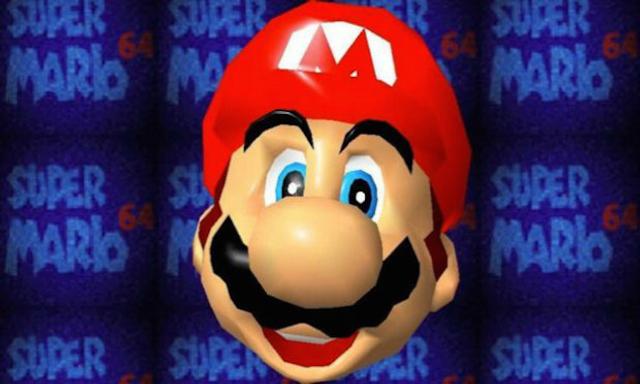Released in the EU on March 1st in 1997, Super Mario 64 wasn't just a bundled game for a new console. It was the beginning of a revolution.
It's hard to imagine a time when games weren't based in 3D environments such as they are now, but it was only with the advent of the PlayStation, the Sega Saturn, and the Nintendo 64 that they came to be realised as we know them today. Exploration in games was, of course, possible. You had everything from the likes of Final Fantasy, Legend Of Zelda, Phantasy Star, Gauntlet, and about a dozen others that were built with richly-designed lairs, dungeons and castles to explore - but it was all done from a top-down perspective that never really felt alive.
With Super Mario 64, it felt real - even if it was garishly coloured and featured skiing penguins or giant anthropomorphic bombs in the opening levels. You were encouraged to scour and hunt through every level for secrets, passageways, hidden power-ups and items, and it rewarded players for it. So often up until this point, games were fixed on rails - primarily because the nature of the programming architecture didn't allow for such expansive experiences. It had to work within the confines of what was available to designers, which wasn't a lot, but with Super Mario 64, the possibilities - as players, anyway - felt endless.
The swooping camera - still, to this day, one of the best 3D cameras ever designed - and the instinctive but refined controls were smartly designed as to allow for a short learning curve, but with time and practice, could be turned into a kind of artistry. If you had the time, patience and skill, you could leap and pirouette your way through levels without as so much as a scrape of damage. The game's design allowed for all levels of gameplay, from the casual right up to the speedrunners. It was incredible stuff, and it shows that 21 years on, people are still completing speed-runs and finding new ways to play it.
All told, Super Mario 64 sold over 11 million units during its time. In much the same way Super Mario Bros. did in 1985, it revolutionised what games were capable of doing and innovated an entirely new genre. It's one of only 80 games that's displayed in the Smithsonian Art Museum. It's frequently listed as one of the most groundbreaking games ever made.
It's all this, and it's still as fun as ever to play.










































































